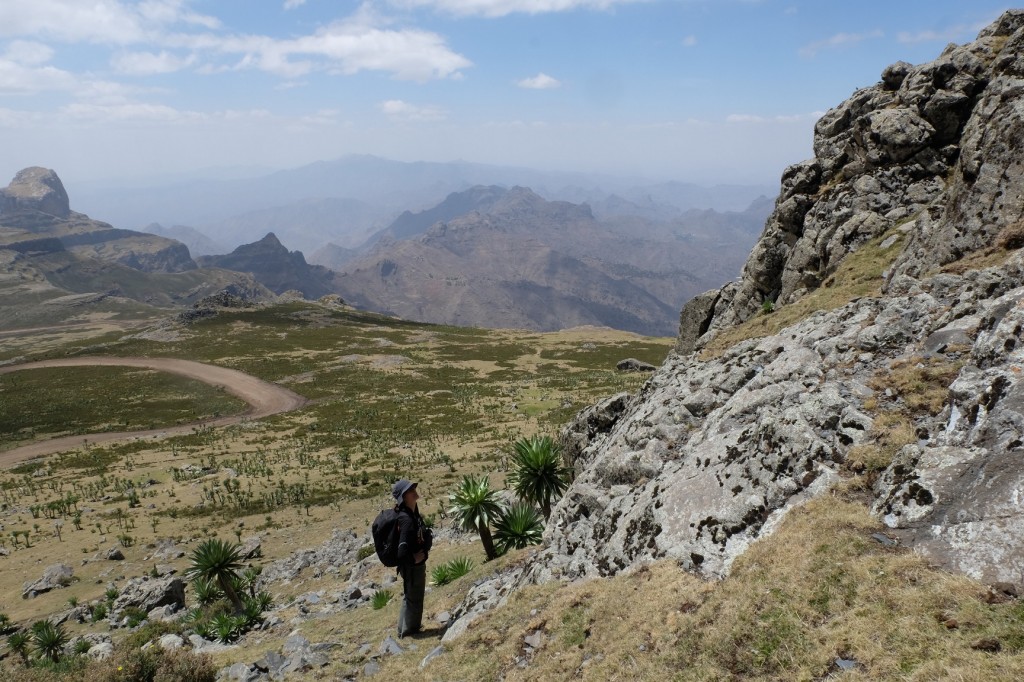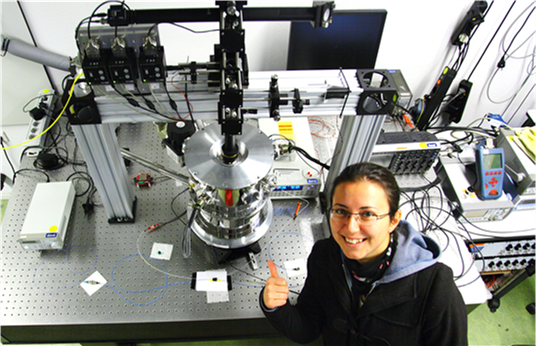The Bristol Bone Biologists — aka Bristol PhD students Elizabeth Lawrence and Jessye Aggleton — share an update on the project they’re running with the European Space Agency (ESA) as part of the Spin Your Thesis! programme.
Fish are probably the last thing you think of when you hear about space, gravity and astronauts.
Later this year, though, our team will be putting zebrafish in hypergravity.
Why? We want to explore the effect of different gravity levels on tissue development in ‘normal’ zebrafish and zebrafish with a genetic mutation that’s linked to Stickler syndrome and early onset osteoarthritis in humans. The data we collect will provide an insight into how physiology changes in different levels of gravity and improve our understanding of the changes astronauts undergo during spaceflight.
Our last written update was in February after we visited Belgium to attend the ‘Gravity-Related Experiments Training Week’ run by the ESA Education team. The training week was an interesting and intense introduction to planning and running a high-profile experiment. We quickly realised that our experiment date of mid-September didn’t seem so far away when we had so much to prepare!
Since then, we’ve been busy running initial research to make sure both our data collection and data processing will run as smoothly as possible. We recently submitted a paper that talks about our initial findings on how a specific genetic mutation affects joint shape and function in zebrafish in normal gravity (1g). Along the way, we worked out how we are going to collect results and process data after the experiment at the Large Diameter Centrifuge in Noordwijk.
As well as being busy in the lab, we have also been completing a variety of paperwork including: work breakdown packages, timelines, system engineering analysis and budgeting (less glamourous but very important!).
Outreach and public engagement are also a critical part of the project. Alongside creating a fun logo, designing a mascot (Finn the fish), and drafting team stickers and t-shirts (Jessye has thoroughly enjoyed using her penchant for graphic design!), we’re currently setting up a collaboration with We The Curious.
As part of this pilot, we will be asking the public to choose one of the experiments we do using the zebrafish as well as telling them more about our project and how amazing fish are! This will run from 20 to 26 August 2018.
To widen the net our project will cast, we’re also applying for sponsorship for experiment materials, showcasing our work in competitions, and we will be filming the experiment in the hope of making a short film that we can show at science festivals and online.
So far, the project has been amazing at developing skills for our PhDs, with our project planning abilities improving massively as a result.! It’s also made us much more engaged with the impact of communication and outreach, which is essential for any postgraduate researcher.
Finally, we’ve been making sure our social media is looking sharp! Follow us on Facebook, Instagram and Twitter, and visit our website to keep updated and find out more about our project.
In the meantime, in the inimitable words of Kylie Minogue, ‘I’m spinning around… Move out of my way…!’







